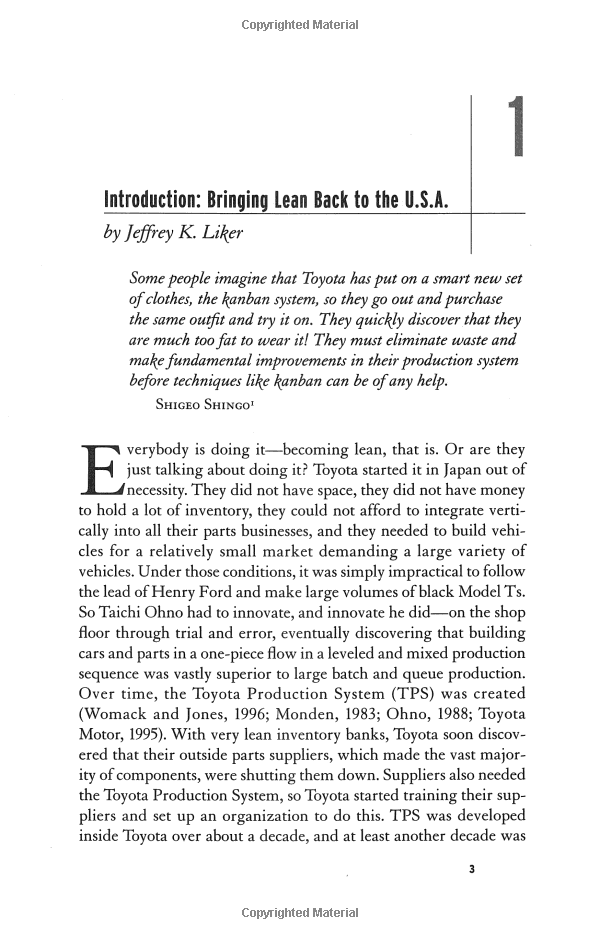Understanding Balloon Loans: A Comprehensive Guide to Their Benefits and Risks
#### What is a Balloon Loan?A balloon loan is a type of loan that requires a large final payment, known as a "balloon payment," at the end of the loan term……
#### What is a Balloon Loan?
A balloon loan is a type of loan that requires a large final payment, known as a "balloon payment," at the end of the loan term. Unlike traditional loans where the payments are spread evenly over the life of the loan, balloon loans typically involve lower monthly payments during the term, followed by a substantial payment due at the end. This structure can be advantageous for borrowers who anticipate increased income or a significant financial event before the balloon payment is due.
#### Benefits of Balloon Loans
One of the primary advantages of a balloon loan is the lower monthly payments. This can make it easier for borrowers to manage their cash flow, especially if they expect their financial situation to improve in the near future. For example, a business owner might take out a balloon loan to finance equipment, anticipating that increased revenue from the new equipment will allow them to pay off the balloon payment when it comes due.

Another benefit is the potential for lower interest rates compared to traditional loans. Lenders may offer more favorable terms on balloon loans because they are typically short-term loans, reducing the lender's risk over time. This can make balloon loans an attractive option for those looking to finance a large purchase without committing to long-term debt.
#### Risks Associated with Balloon Loans
While there are benefits, there are also significant risks associated with balloon loans. The most notable risk is the large balloon payment that is due at the end of the loan term. If a borrower is unable to make this payment, they may face default, which could lead to foreclosure in the case of secured loans. It's crucial for borrowers to have a clear plan for how they will manage this payment when it comes due.
Additionally, if the borrower's financial situation does not improve as expected, they may find themselves unable to refinance the loan or secure additional financing. This can create a precarious situation, especially if market conditions change or if the borrower's creditworthiness declines.

#### When to Consider a Balloon Loan
A balloon loan may be suitable for individuals or businesses that have a specific financial strategy in mind. For example, real estate investors may use balloon loans to purchase properties with the intention of flipping them quickly. If they can sell the property before the balloon payment is due, they can avoid the risks associated with the large payment.
Another scenario where a balloon loan might be beneficial is for borrowers who are confident in their ability to refinance before the balloon payment comes due. If market conditions are favorable and the borrower's credit remains strong, refinancing can provide a way to manage the balloon payment without facing default.
#### Conclusion

In summary, a balloon loan can be a useful financial tool for certain borrowers, offering lower monthly payments and potentially lower interest rates. However, the associated risks, particularly the large balloon payment at the end of the term, require careful consideration and planning. Borrowers should thoroughly assess their financial situation, future income prospects, and market conditions before deciding to take on a balloon loan. Understanding both the benefits and risks is crucial for making an informed decision that aligns with one's financial goals.